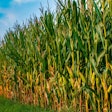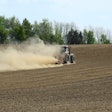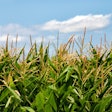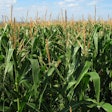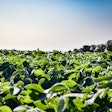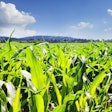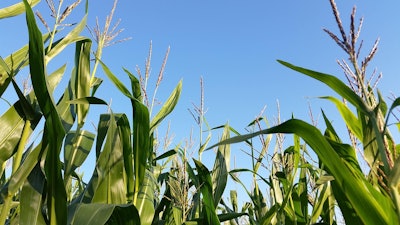
The nation's major crops are displaying uneven development patterns across key agricultural regions, according to the latest Crop Progress report released by the National Agricultural Statistics Service.
Corn development varies dramatically by state, with Nebraska and North Dakota leading maturity rates at 100% and 99% respectively in the dough stage as of Aug. 17. However, states like Pennsylvania and South Dakota are lagging significantly behind normal progress, creating a patchwork of readiness across the 18 states that represent 92% of 2024 corn acreage.
The soybean crop is progressing through critical blooming and pod-setting stages across states representing 96% of last year's acreage. Current conditions show a promising mix, with a notable percentage of soybeans rated as good or excellent, suggesting favorable yield potential for the upcoming harvest.
Cotton producers in Texas and Georgia are reporting strong progress in boll setting and opening stages, while sorghum development continues to track within expected parameters for this time of year.
Regional moisture conditions present a more concerning picture, with varying levels of adequacy reported across states. Some areas are experiencing short moisture conditions in both topsoil and subsoil, which could impact final yield outcomes if drought conditions persist.
The report highlights significant year-over-year variations in crop timing, with some regions ahead of normal development schedules while others lag behind historical averages from 2020-2024. These unusual patterns reflect the complex interplay of weather conditions, planting dates and regional growing conditions.
Crop condition ratings across commodities show the majority of acreage falling into good or fair categories, though pockets of very poor and poor conditions exist in drought-affected areas.





